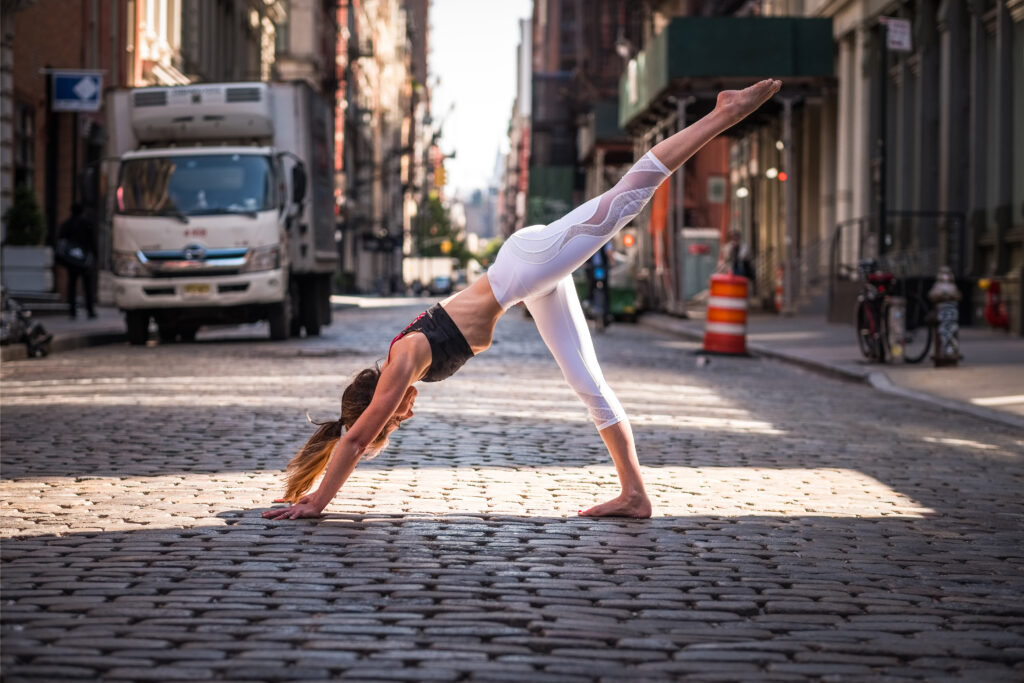With rising temperatures and summer just around the corner, barefoot season is here! Now if you’re like me, you find yourself barefoot around the house all the time. We don’t have a “no shoes inside” rule, but it’s typically the first thing I do when I get home. It just feels better to be barefoot! Over the last ten years, barefoot walking/running has caused a stir in the scientific community and a controversial debate has arisen about the benefits and limitations of it. It all began in 2010 when evolutionary biologist and Harvard professor Daniel E. Lieberman published a paper showing that running in cushioned shoes encouraged people to hit the ground harder than running barefoot. He found that with cushioned sneakers, the stiffness of the sole slowed the rate at which the body hit the ground. So while this makes the impact more comfortable, the force through the body is the same. However, when a person runs (or walks) barefoot, they tend to adjust their gait pattern and land lighter. He found this was not true while running in cushioned shoes. His subjects hit the ground harder and the energy that shot up the leg was about three times greater than running barefoot.
Since he published this paper, the research on barefoot running has exploded. As with any controversial topic, the reviews remain mixed. When it comes to biomechanics, the evidence is clear that barefoot running influences how we run and likely has a significant impact on the amount of force through the body when the foot hits the ground. However, some people don’t change their gait pattern to run more lightly to start, so there’s a learning curve. In addition, the hypothesis that minimizing impact reduces the risk of injury has been challenged in the literature as being oversimplified and flawed. It has been proposed that neuromuscular adjustments, made in response to impact forces, regulate the amount of stress through the body and the degree of cushioning is largely irrelevant. So people who change their gait pattern to a less “heavy” style can decrease stress through the joints too, regardless of whether they’re in shoes or not. But what about walking barefoot?
The general consensus in the literature is that habitually barefoot people have stronger feet and fewer foot deformities. Studies have shown that barefoot walking individuals tend to have a wider forefoot, higher arch, more pliable feet, and reduced bunions/hallux angle as compared to people who regularly wear shoes. Not surprisingly, people who walk barefoot more regularly have thicker calluses on the sole of their feet. In 2019, Lieberman and his colleagues at Harvard and in Germany and Kenya conducted another study on whether these calluses had a negative effect on sensation in the feet. His research compared the callus thickness and foot sensitivity of people in Western Africa who regularly went without footwear and people in Boston who regularly wore shoes. They found that although calluses thicken as people walk barefoot more often, there is no trade-off in sensation. The callus transmits mechanical force to sensory receptors deep inside the skin as well as a sole of a foot with thinner or no calluses. When we put an overly-supportive or overly-cushioned shoe on the foot, we significantly reduce the amount of sensory feedback from these receptors. This matters ultimately because of balance.
As we age, we lose sensitivity in the feet. Coupling that with losing mobility by wearing restrictive shoes all the time can have a detrimental effect on balance and increase the risk of falling as we age. Being barefoot sharpens the connection between the sensory receptors of the foot and brain, giving us better and quicker information about where we are in space. If you don’t use it, you lose it. By using and stimulating the nerves in the feet more often, you encourage their physical growth, which improves sensitivity. It is even believed to improve circulation, as we use more of the fine motor muscle of the foot and ankle while barefoot, which moves the blood and lymph more efficiently. When we’re more sensitive to changes occurring under the feet, we’re more able to react when our balance shifts and therefore, reduce our chances of falling. Finally, there are some early studies on walking barefoot in contact with the earth, so think grass, dirt, or sand. It’s called “earthing”. Some studies allege that drawing electrons from the earth through the feet improves overall health. I haven’t looked at these studies in depth to verify their research quality, but it’s an interesting concept.
So now that the weather is warming up (in this hemisphere of the globe anyway), slip off your shoes! We do it every time we get on our mat, which is just one of many different things I love about yoga in general. Try it around the house and around the yard. Free up those toes by checking out a pair of Correct Toes at our LYTⓇ Store! Here’s the link: https://shop.lytyoga.com/. Your body and your brain will thank you in the long run!
Xoxo,
Kristin






